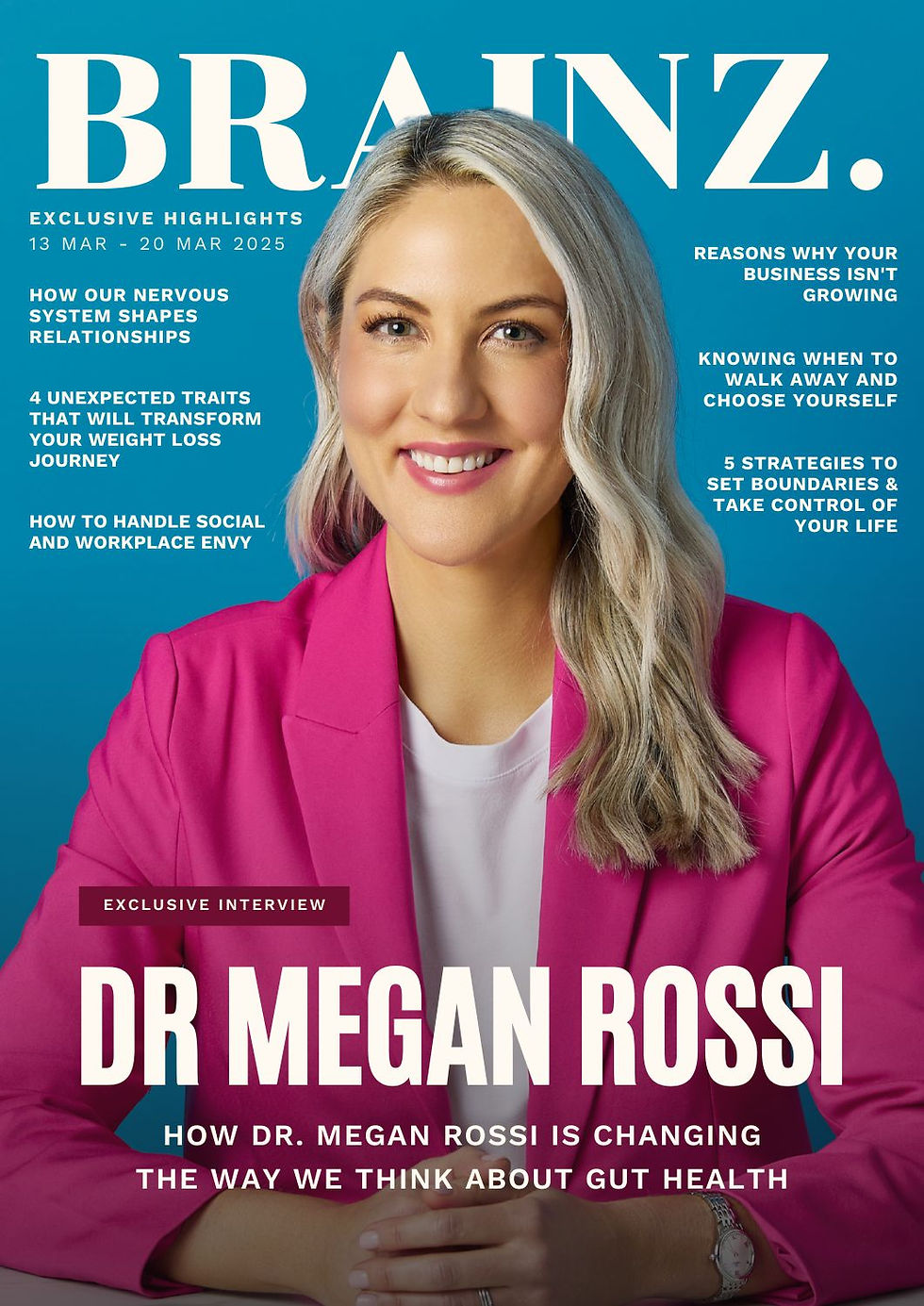Written by Josh Grimm, Fitness and Mindfulness Coach
Josh Grimm is an industry leading fitness and mindfulness coach. He is the founder of FITNUT, based in New York City, offering in person and online coaching, global wellness retreats, podcasts, and seminars.

In my more than a decade of experience as a physical fitness trainer and mindfulness coach, I have interacted with hundreds of clients across the globe, each carrying with them a unique purpose-driven motivation or pain point approach to their fitness and mindfulness journey to either reach or eliminate. There is a commonality amongst them all to better their health through physical or mental fitness through some type of regular practice to reach a specific goal. There is also a commonality among the ones that struggle to meet their goals a mental block or mindful deterrence (more often than a physical obstacle).

We as humans naturally possess similar goals (to be strong and fit both in mind and body) and we also hold similar challenges. A common challenge I’ve seen time and time again is motivation to stick with a program, practice, or routine. This challenge i’ve seen more often than others because we as humans have the uncanny ability to talk ourselves out of anything that can be good for us and talk ourselves into anything that is bad for us. “I can’t go to the gym today because I have a deadline.” Or “I can’t exercise today because I didn’t sleep well last night, and I really need a nap.” Or “I didn’t meditate today because my anxiety levels were too elevated to calm my mind.”
The problem with creating habits of procrastination or excuses is the ease in which we will allow these choices to become our learned behaviors.
I believe the first step in overcoming challenges is to identify the correlation that we have between the mind and the body. As you identify the main goal of what you are trying to achieve, you can easily start to see how the mind and body are related in order to reach that said goal. So, instead of looking at a physical goal as being unobtainable due to physical barriers, we can look at how we can tap into our mindfulness practice to help us overcome the challenges.
What I suggest to my readers and my clients is to focus on the actual goal being the understanding of the mind-body connection, and the smaller goals will become segments of the larger. And how do we achieve that? We achieve it through individually connecting with our minds, individually connecting with our bodies and then the natural connecting of the two falls into place.
For the purpose of this article, I suggest understanding that connecting the mind through the spiritual practice of meditation can elevate types of movement and helping reach the goal of connecting the mind and the body, I like to refer to as mindful motion.
When meditating, we learn to listen to and observe our inner dialogue without judgment. This helps us identify both conscious and unconscious patterns of thought in a non-judgmental way, allowing us to make changes if we choose. We can also use meditation to quiet the noise of the day and tap into that inner peace and clarity, enabling us to make wiser decisions and further live our ideals. The physical aspects of mindful motion, such as yoga, tai chi, and/or mindful motion strength and conditioning, can help us to understand our physical limitations and capabilities in further detail. Through mindful motion, we come to understand the range of movements that our body is capable of achieving, often in ways we did not realize prior to participating in the activity.
We gain a better understanding of the intricate balance of stability and flexibility that is needed for optimal movement. This helps us to move in greater harmony and balance to support our movement's goals and aspirations. Finally, by connecting the two, we are able to create a practice of mindful movement that is almost meditative and engaging. We start to experience the unity of our mind and body in meaningful ways which gives us a sense of empowerment and purposeful direction – ones that lead us to better mental and physical health. By recognizing the power of mindful motion and understanding why it is important to engage in these activities, you can find yourself guided in a way to not only greater health, but a sense of abundant fulfillment and purposeful living.
Meditation practices in our daily lives are just one way that we can find the connection that we need to stay on track to achieve our final outcome. But, I do find this path the building block of multiple other practices that one might be interested in partaking in. Without this practice of clearing our minds for clarity and understanding, we just may find our end goals to seem a bit more unobtainable or harder to reach. I hope that this article will give some persuasion to find a meditative practice that works for you and become one step closer to your goal-driven journey.
Josh Grimm, Fitness and Mindfulness Coach
Josh Grimm offers a unique combination of fitness and mindfulness coaching through his brand, FITNUT, which he started in 2014 after spending a length of time in South East Asia and then returning home to New York City. His holistic approach of curating a culmination of physical and mental fitness training via one on one coaching, an online multi-use platform, podcasts, seminars, and global wellness retreats, bring together a community that wants to live their ideal mindset through optimal physical and mental health.


